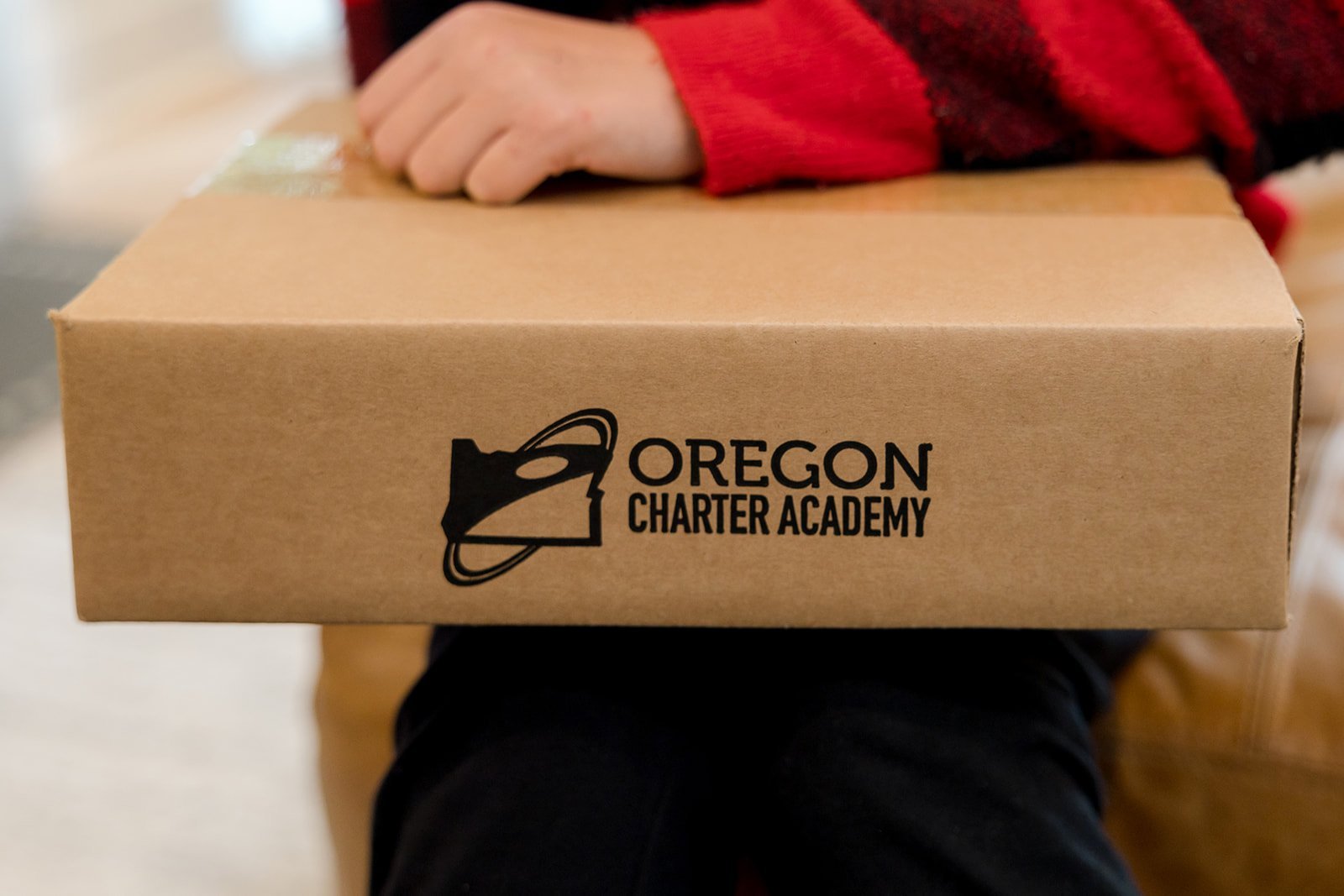Demystifying Asynchronous and Synchronous Learning
By Joe Mogford, ORCA's high school assistant principal
If you're a parent of a school-aged child, you've probably heard the terms asynchronous and synchronous instruction referenced a lot over the last two years. That's because educators have wrestled with the impact of remote learning on students since the start of the COVID pandemic. Of course, parents want to put their children in the best possible position for success, and that isn't easy to do when they don't understand the important distinctions between these teaching practices.
Asynchronous and Synchronous Defined
Synchronous instruction occurs when students and teachers are in class together, either in person or online. By contrast, asynchronous education is when a teacher provides activities, assignments and learning materials that students complete at their own pace. In an asynchronous environment, teachers also typically allow students to lean into their own strengths to determine when and how they accomplish assignments.
The traditional classroom model focuses almost exclusively on synchronous instruction while reserving asynchronous learning for activities like homework. As classes moved to remote learning during the pandemic, many school districts established guidelines that replicated the in-person experience for the new online environment, which wasn't always effective. Using a strictly synchronous approach to remote learning misses out on many advantages of online schooling, like unique learning tools and more frequent one-on-one instruction.
Over the last 17 years, Oregon Charter Academy (ORCA) has learned that the process for keeping students engaged through a screen is much different than it is in person. That's why we've developed a dynamic curriculum that takes advantage of the unique strengths of both the synchronous and asynchronous instruction approaches.
Using the Right Curriculum is Critical
A common critique of online schooling is that it's just a curriculum in a box that offers minimal instructional support. In many instances, those criticisms are accurate. However, ORCA has embraced a different model of online instruction.
Under our model, students have staggered schedules, allowing them to meet live with classmates and teachers for a portion of their day on different days of the week. We use these synchronous learning times to build community among classmates and their teachers and drive learning through collaboration. We reserve the rest of the week for asynchronous learning.
Because our teachers spend less time lecturing, they can spend more time working individually with students as they learn. Typically, teachers develop lesson plans for a class as a whole and then make individual adjustments based on each student's strengths, interests and needs. As a result, a student's asynchronous work always supports and enriches the synchronous work they’re doing with their classmates.
Building Infrastructure and Maintaining Standards
It wouldn't be possible to successfully blend asynchronous and synchronous instruction and learning methods without the right tools or using effective standards to measure success. Our teachers have access to a dynamic range of options they can use for asynchronous learning. For example, Newsela (a flexible, instructional content platform) contains a massive library of articles that change based on the person's reading level. Students can use other programs to design custom comic strips that walk them through a complex mathematical equation. They can also watch videos that include pop-up questions to reinforce important points. Under our model, the bulk of direct instruction happens asynchronously as teachers work with students one-on-one through these projects. The classroom then spends synchronous time engaging the material together.
While our students learn differently than they would under a traditional model, all of our teachers set up their classes using state standards. However, they have the freedom to be strategic and creative about how they use their time and resources to meet those standards. They can also take time to review their approach to see what did and didn't work and make changes on the fly, when necessary. This customization has led to our recognition as the only school on the West Coast to be named a Cognia International School of Distinction.
As part of our infrastructure, ORCA also offers students unique opportunities to prepare for their lives after graduation. Our ASCEND program focuses on career and technical education opportunities in areas like veterinary medicine, business, healthcare and early childhood education. While our AVID program fosters student success through dual college and high school credit opportunities.
There’s a Place for Both Methods
Synchronous and asynchronous instruction both play important roles in a learning environment. Unfortunately, many traditional and online schools latch onto only one teaching method and ignore the unique limitations and advantages each one brings.
ORCA focuses on developing learning opportunities that play to the strengths of the medium they occur in, which we believe is critical for the success of an online school. We're not trying to force synchronous learning in an environment where it just doesn't work. And, we also don't leave our students alone and adrift as they struggle to learn material independently. Instead, we're working as strategically as possible for the benefit of our students.
If you want to learn more about the difference between asynchronous and synchronous instruction or about our programs and curriculum, contact ORCA today at 1-877-691-9921 or info@oregoncharter.org.

